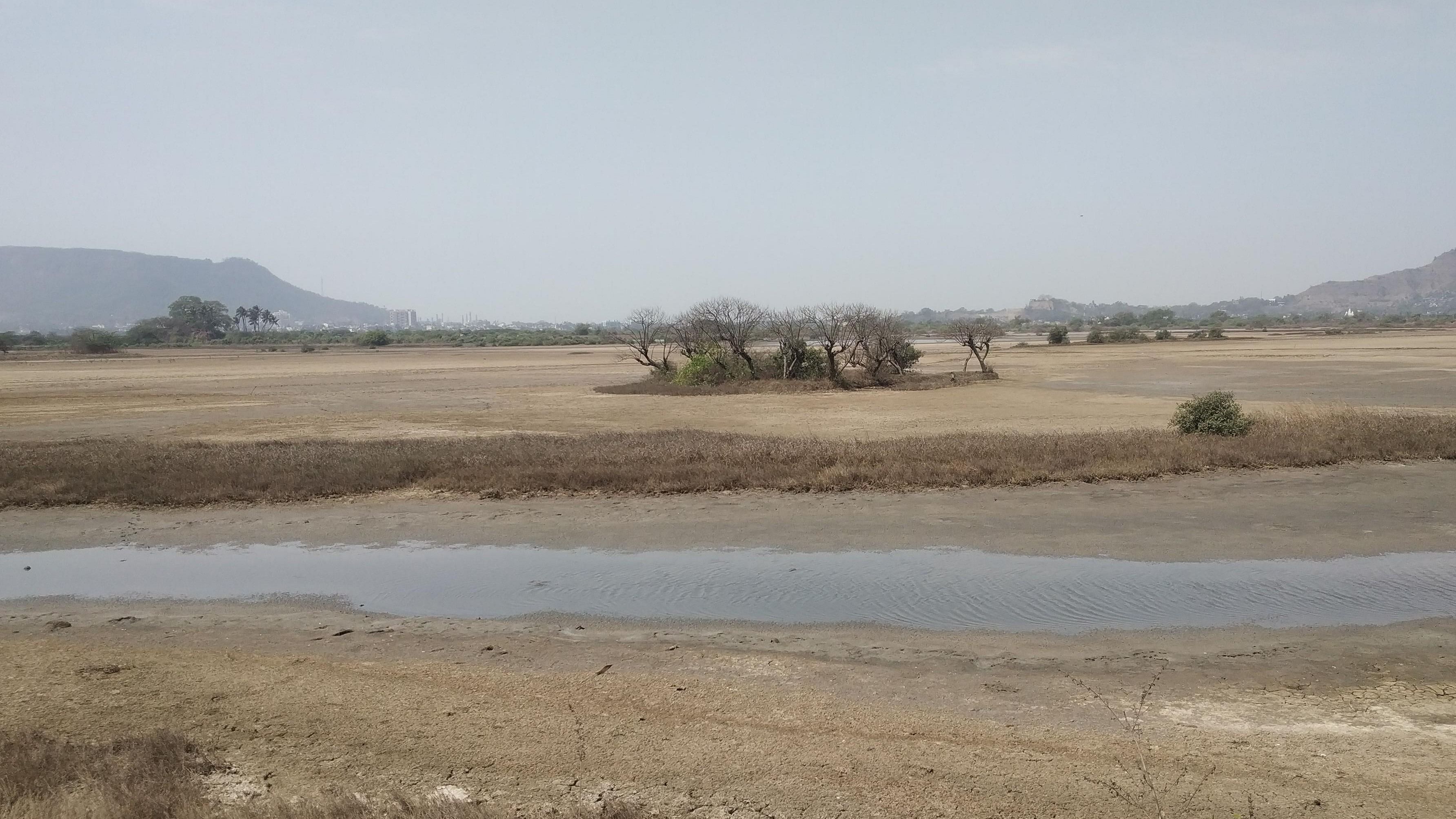
Panje wetland goes dry
Credit: Special Arrangement
Mumbai: Even as the migratory bird season has begun, the 289-hectare Panje wetland in the satellite township of Navi Mumbai - equivalent to the size of 30 Azad Maidans of Mumbai - has gone dry with the blocking of intertidal water flow, much against the State environment department’s orders, green groups said.
NatConnect Foundation Director B N Kumar pointed out that as per BNHS studies, Panje attracts attracts at least 50 species of birds, including 30 migratory ones.
The wetland, which is also a source of fishing for the local community, is now more or less dead with the blocking of intertidal water flow. This is an invitation to ecological disaster, he said.
As the Chief Minister and other Ministers are busy with the assembly elections, NatConnect Foundation and Sagar Shakti have written to the Environment Director to look into the issue and restore water flow to the wetland.
As per the State Environment Director’s order dated November 11, 2020, CIDCO was supposed to maintain the tidal water flow to the wetland, yet the city planner keeps violating it, said Nandakumar Pawar, head of Sagar Shakti. This time, CIDCO shut down the sluice gates built on the creek from which water flows into the wetland.
Uran Tahsildar Uddhav Kadam said he will look into the matter and he gets teams who are out on election duties.
The killing of the massive Panje wetland will spell disaster for Uran as tidal water will find its way and flood other areas. In fact, the burial of intertidal wetlands has already been causing unseasonal floods in the villages, Pawar and Kumar said and appealed to the government to take the issue seriously and conserve the Panje wetland.
The government order clearly stated that the wetland is a CRZ area due to the presence of mangroves and as such the tidal water flow must be uninterrupted. The sluice gates built by CIDCO do not have the mandatory CRZ clearance, information obtained under the Right to Information Act shows.
The importance of Panje gets reinforced with the 141-year-old research body BNHS stating that the wetland along with five other properties needs to be conserved as a satellite wetland of the Ramsar property the Thane Creek Flamingo Sanctuary (TCFS).
Flamingos fly to these wetlands when the hightide level goes up beyond their tolerance levels of 12 cm to 15 cm.
As the UNESCO website explains, biodiversity is the living fabric of our planet. It underpins human wellbeing in the present and in the future, and its rapid decline threatens nature and people alike.
Pawar criticised the “overall apathy” on the part of governing agencies not to prepare any cadastral (village level maps) at1:4000 scale, as mandated under the CRZ notification 2019, to demarcate high tidal lines in coastal districts such Uran, Panvel.
Moreover, the Maharashtra Biodiversity Board, Nagpur, has also failed to conduct any studies despite being mandated by law.
CODCO, being town development authority, dictates its own terms with no regard for either environment, biodiversity and any concern for the local fisherfolk, Pawar added.